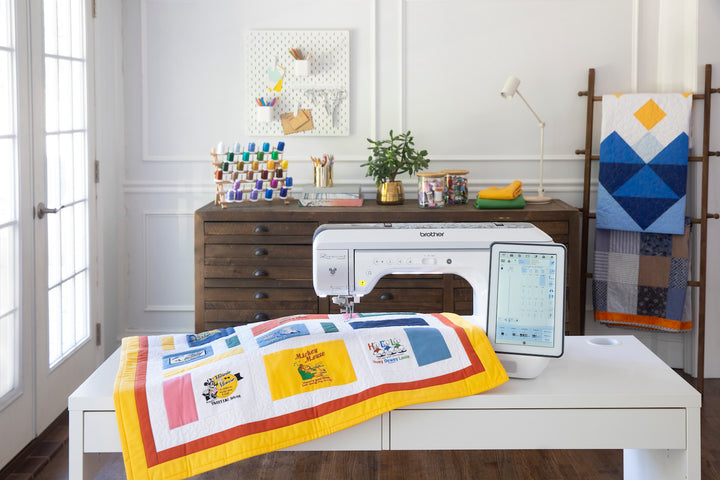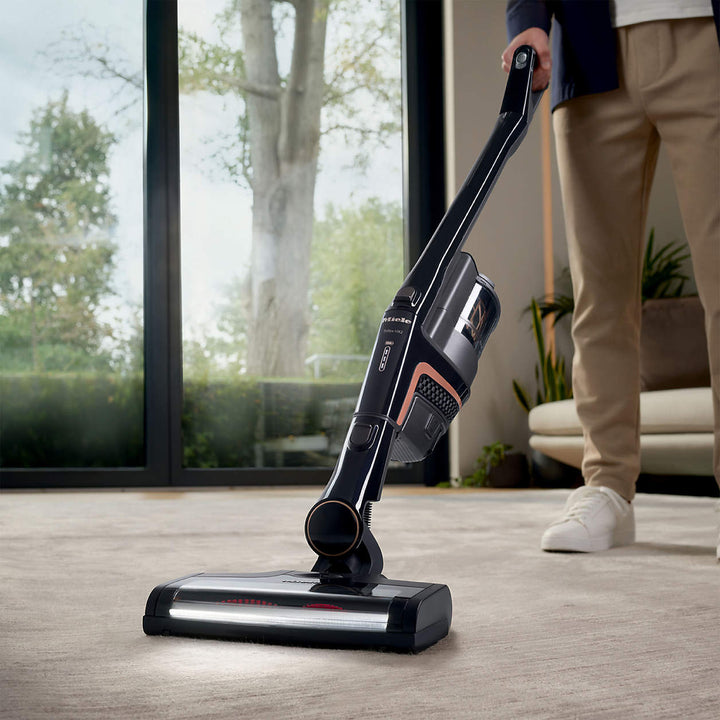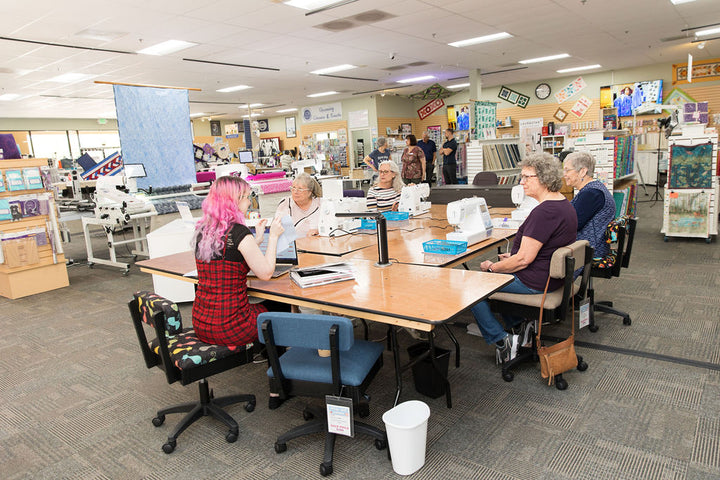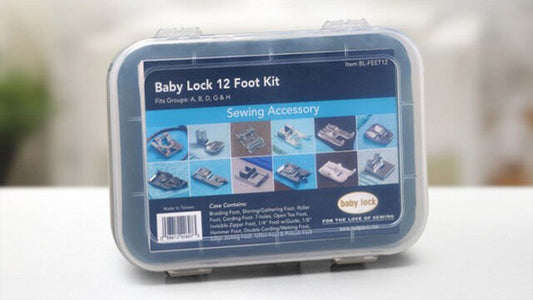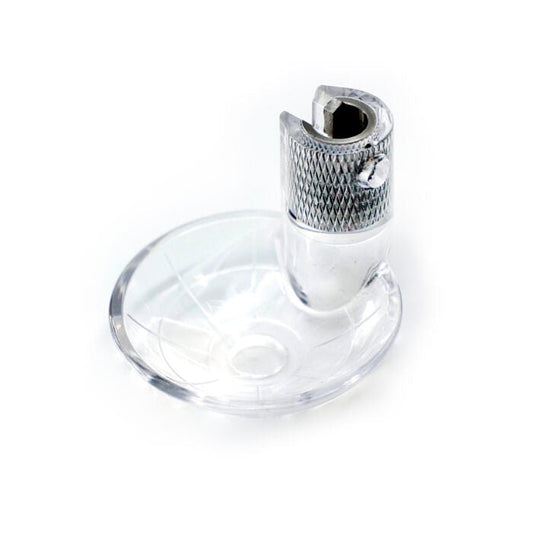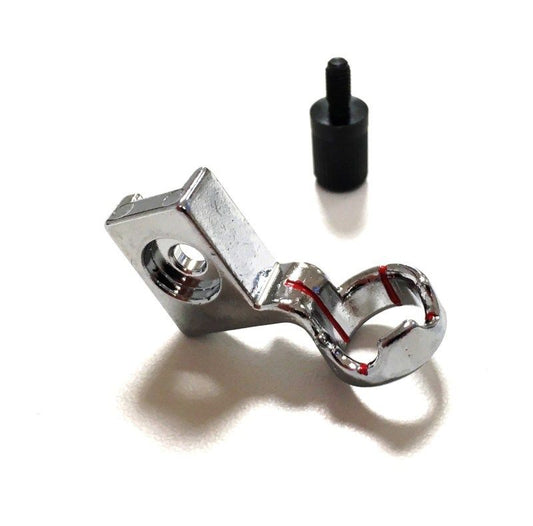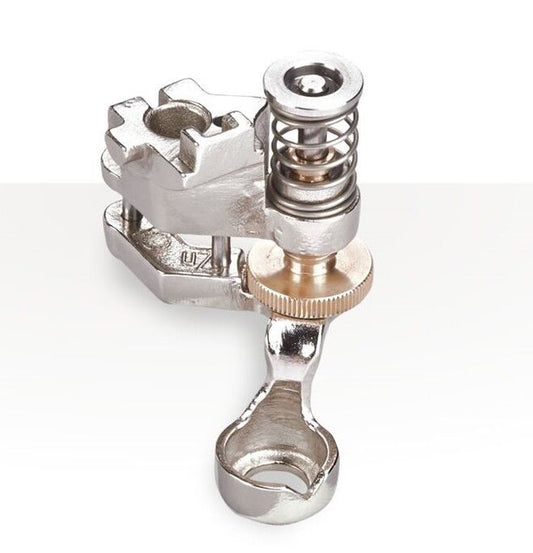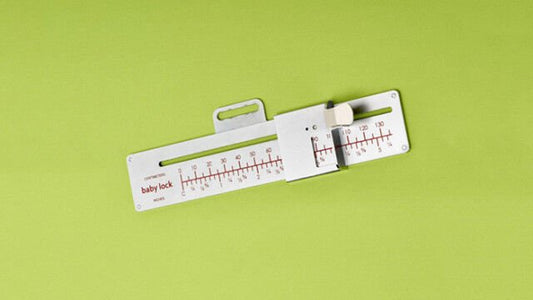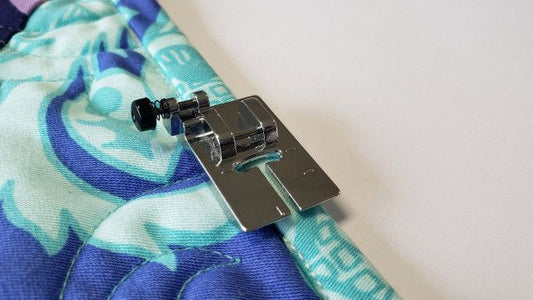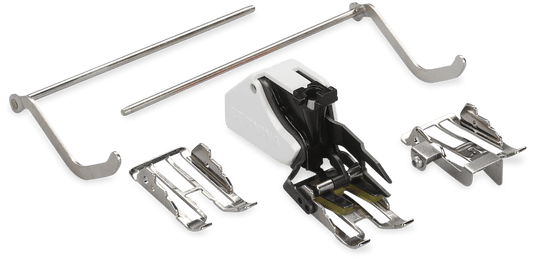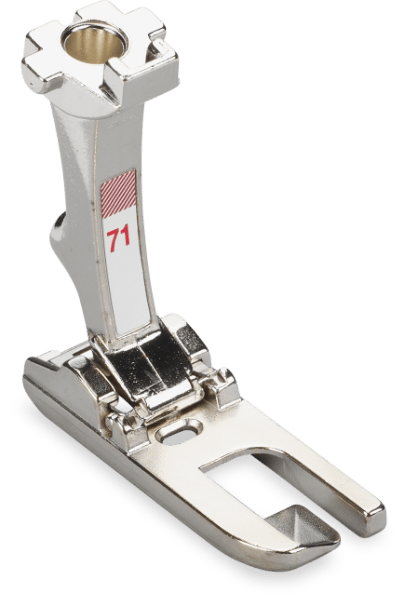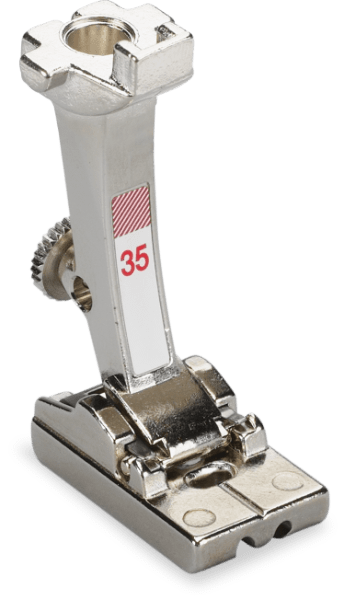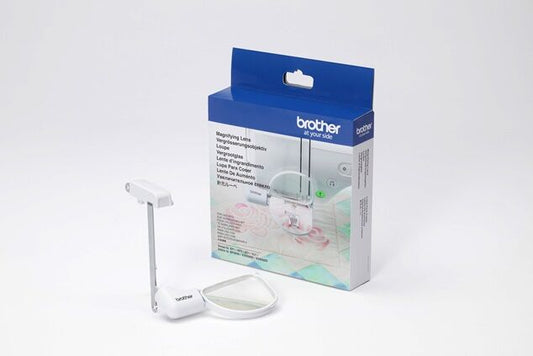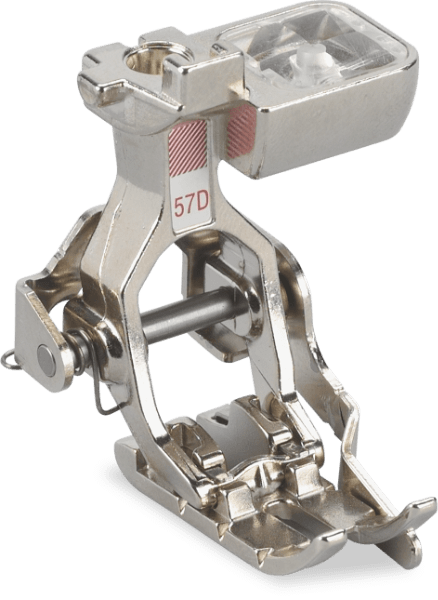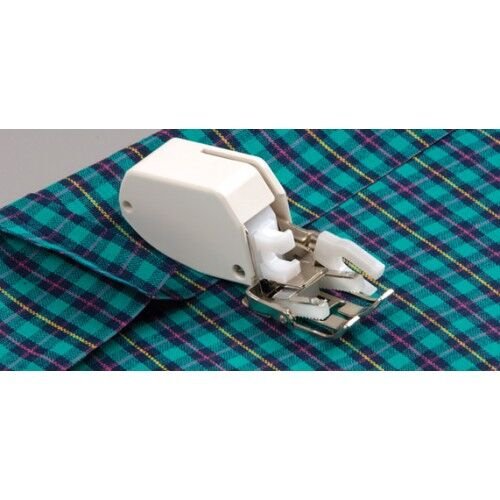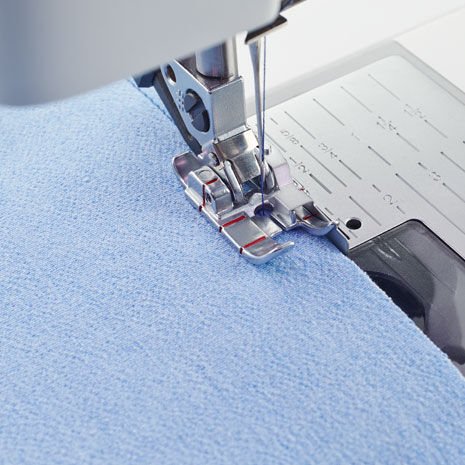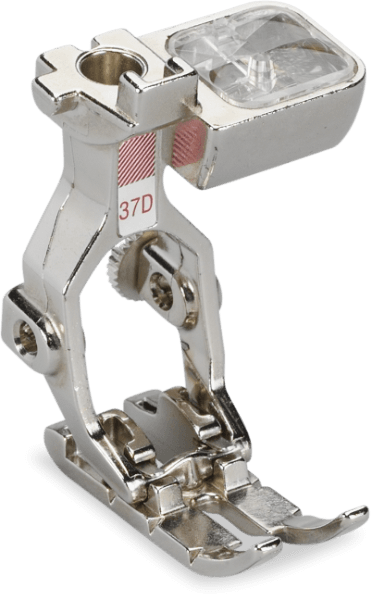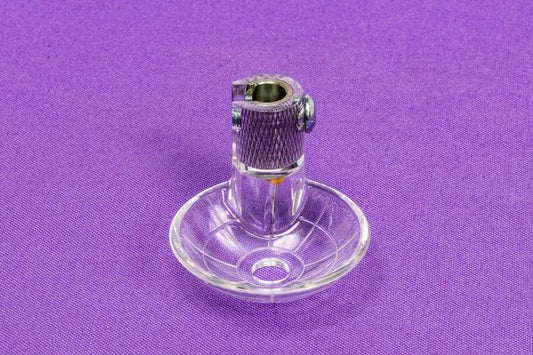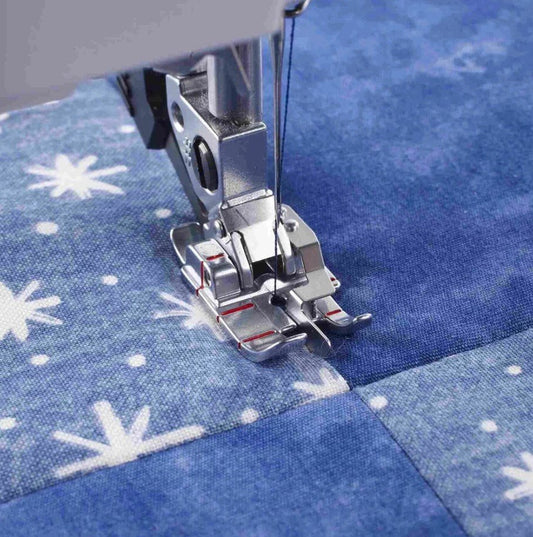-
All Quality Sewing Offerings
Regular price $25.00Sale price $25.00 Regular priceUnit price per$32.0022% offSale -
All Quality Sewing Offerings
Regular price $49.95Sale price $49.95 Regular priceUnit price per -
All Quality Sewing Offerings
Pfaff or Viking Free Motion Ruler Foot
Regular price $35.75Sale price $35.75 Regular priceUnit price per$41.9515% offSale -
All Quality Sewing Offerings
Bernina Adjustable Ruler Foot #72
Regular price $159.99Sale price $159.99 Regular priceUnit price per -
All Quality Sewing Offerings
Baby Lock Fabric Guide Serger Attachment for Ovation and Triumph
Regular price $39.99Sale price $39.99 Regular priceUnit price per$50.0020% offSale -
All Quality Sewing Offerings
Regular price $17.99Sale price $17.99 Regular priceUnit price per$22.0018% offSale -
All Quality Sewing Offerings
Bernina Three Sole Walking Foot with Seam Guide #50
Regular price $219.99Sale price $219.99 Regular priceUnit price per -
All Quality Sewing Offerings
Regular price $59.99Sale price $59.99 Regular priceUnit price per -
All Quality Sewing Offerings
Bernina Invisible Zipper Foot #35
Regular price $64.99Sale price $64.99 Regular priceUnit price per -
All Quality Sewing Offerings
Brother High-End Magnifying Lens
Regular price $99.99Sale price $99.99 Regular priceUnit price per$123.9919% offSale -
All Quality Sewing Offerings
Bernina Patchwork Foot with Guide #57D
Regular price $69.99Sale price $69.99 Regular priceUnit price per -
All Quality Sewing Offerings
Regular price $54.99Sale price $54.99 Regular priceUnit price per$69.0020% offSale -
All Quality Sewing Offerings
Pfaff Perfect 1/4" Foot with Guide for IDT
Regular price $35.75Sale price $35.75 Regular priceUnit price per$41.9515% offSale -
All Quality Sewing Offerings
Bernina 1/4" Patchwork Foot #37D
Regular price $64.99Sale price $64.99 Regular priceUnit price per -
All Quality Sewing Offerings
Baby Lock Glide Foot for Longarms
Regular price $41.99Sale price $41.99 Regular priceUnit price per$52.0019% offSale -
All Quality Sewing Offerings
Pfaff Stitch-in-Ditch Foot with IDT
Regular price $35.75Sale price $35.75 Regular priceUnit price per$41.9515% offSale
FAQs
What is a presser foot, and why is it important for sewing?
A presser foot is an attachment that holds fabric in place while sewing. Different types of sewing machine feet are specialized for making various techniques, such as installing zippers, hemming, quilting, and embroidery, easier.
What is a zipper foot, and when should I use it?
A zipper foot is a specialized presser foot designed to sew close to the edge of zippers, piping, and cording. Unlike a standard presser foot, it has an **adjustable position**, allowing you to stitch along **either side of a zipper** without interference. This ensures a professional, precise finish for garments, home décor, and accessories.
- Zippers – Sew right next to the zipper teeth for a clean, polished look.
- Piping & Cording – Attach decorative piping or thick cording with precision.
- Topstitching – Create neat, close-edge stitches for a tailored finish.
- Narrow Seam Allowances – Perfect for sewing close to bulky edges.
- Invisible Zippers – Use a concealed zipper foot (a variation) for seamless installations.
- Bag & Purse Making – Ideal for attaching zippers and structural details in accessories.
The **zipper foot** is an essential tool for achieving **precise, close-edge stitching** in any project where a standard foot would be too bulky or obstructive.
How does an invisible zipper foot work?
An invisible zipper foot helps install concealed zippers by rolling back the zipper teeth, allowing the needle to stitch as close as possible for a seamless finish.
What is a walking foot, and why is it useful?
A walking foot is designed for sewing multiple layers of fabric without shifting. It's essential for quilting, sewing thick materials, or working with slippery fabrics. The walking foot moves both the top and bottom layers of fabric simultaneously, ensuring even feeding. Unlike a standard presser foot that relies solely on the machine’s feed dogs, the walking foot helps guide fabric smoothly, preventing uneven stitches and fabric distortion.
- Quilting – Keeps layers together and minimizes shifting.
- Sewing bulky fabrics – Ensures even feeding for thick materials.
- Working with specialty fabrics (e.g., vinyl) – Reduces sticking for smoother stitching.
- Sewing stretch fabrics – Prevents excessive stretching and distortion.
- Handling slippery fabrics – Helps maintain control and reduces sliding.
- Difficult fabrics – Provides extra stability for tricky materials.
What is a rolled hem foot, and how do I use it?
A rolled hem foot creates narrow, professional-looking hems by folding the fabric edge in twice while stitching. It is perfect for lightweight fabrics like chiffon and silk.
What is a bias binding foot, and how does it help with binding?
A bias binding foot helps you neatly attach bias tape to fabric edges, ensuring even stitching on both sides. It guides the project and the binding under the needle in just the right place for professional looking results. It is great for finishing raw edges on quilts, garments, and home decor projects.

